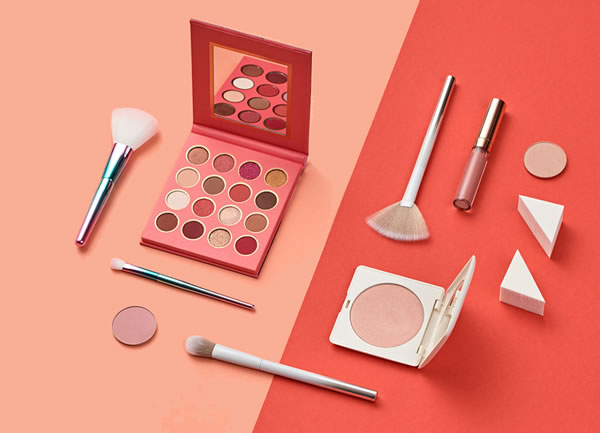You may have read articles in the media reporting on a study* from the US and suggesting that ingredients in sunscreens could be absorbed into the bloodstream and cause cancer. We can understand that such stories could cause alarm and we would like to reassure you that sunscreens and their ingredients are safe to use; in fact, the study does not suggest that the ingredients present a risk of cancer, or any other adverse effect, and the study authors emphasise that individuals should continue to use sunscreen.
Dr Emma Meredith, Director-General at CTPA and a pharmacist says:
"Sun protection is a subject close to my heart and I would like to reassure anyone who might feel concerned about sunscreens that such products and their ingredients must be safe to use. While the American study being reported is of academic interest, it does not use sunscreens in its tests in the way that they are used in real-life nor does it suggest that the levels measured are dangerous. Sunscreens are covered by robust safety requirements and their safe use is underpinned by a wealth of scientific research and strict legislation."
The British Association of Dermatologists (BAD) has provided further expert opinion on the study, please read here.
We would like to provide some facts about the science and care that goes into producing sunscreens to help explain why we can be confident in their safety and efficacy.
Scientifically sound and safe
Sun protection products are classed as cosmetic products in Europe, and in many other parts of the world. As cosmetic products they are covered by strict European cosmetic laws whose main purpose is ensuring consumer safety. These laws are the result of intense scrutiny by scientific bodies, industry and legal experts and member states' competent authorities, and are supported by the UK regulatory bodies. The EU cosmetics legislation undergoes routine review to make sure it is scientifically sound and relevant.
In order to ensure consumer safety, each sunscreen must undergo a safety assessment by a qualified and experienced scientist before it is made available for sale. This takes account of all the ingredients used in the product, how it will be used, by whom, where and how often.
The specific ingredients in sunscreens that help provide protection from the sun are called UV filters.
Within Europe, only UV filters pre-approved and listed in the legislation are allowed to be used for this purpose. Their safety is further confirmed by a panel of top independent scientists, the Scientific Committee on Consumer Safety (SCCS). In order to be considered safe for use, potential absorption of UV filters through the skin is taken into account, along with many other factors.
Held to international standards
UK and European regulatory authorities cooperate extensively with industry to ensure that consumers are properly protected through legislative controls. The EU cosmetics legislation is seen as a gold standard by many other areas of the world.
Whatever the legislative framework for sun protection products around the world, the requirements are the same: that sunscreens are safe, effective and of good quality.
Confidence in protection
As well as ensuring safety, the cosmetics laws also require that products have to do what they say they will do. Any claim made by a product, including an SPF number and UVA protection, must be substantiated. To make a claim requires robust evidence. Sunscreens are developed and tested by scientists with expert suncare knowledge to help protect the skin against the damaging rays of the sun as one part of a sun safe regime. All of this information must be kept by the company and is open to review by the authorities, who monitor compliance with the law via in-market controls. In the UK, this is Trading Standards.
* Effect of Sunscreen Application Under Maximal Use Conditions on Plasma Concentration of Sunscreen Active Ingredients A Randomized Clinical Trial. Murali K. Matta et al, Journal of the American Medical Association (JAMA). Published online May 6, 2019.
Find out more:

